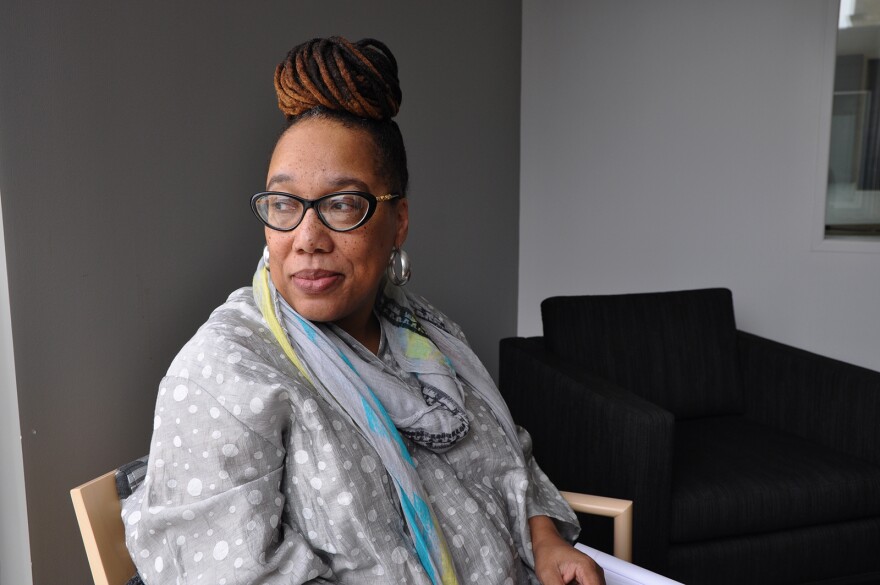St. Louis, like many parts of the United States, has seen an uptick in marches and protests since President Donald Trump took office.
In late January, thousands took to the streets for the St. Louis women’s march. Many of those participants have also been a part of demonstrations calling for immigrants’ rights and protections for the LGBTQ community.
Priscilla Dowden-White is a history professor at the University of Missouri-St. Louis who studies civic activism in the 20th century. She says movements of the early to mid 20th century are rife with lessons for today’s protesters — but that comparing the two too closely can be reductive.
“We’re in a different era,” Dowden-White explained. “Sometimes, we say history repeats itself, but it really doesn’t. Sometimes it echoes.”

Has technology made protests more effective?
Dowden-White said today’s demonstrators have far more media and technology options at their disposal. But no matter how many ways or times images and videos of protesters are distributed, street protests serve the same purpose.
“It allows us to quickly understand that people are dissatisfied with the status quo, and they are intent on making sure that this nation lives up to its democratic promise,” Dowden-White said. “I think the street protest helps to inspire those who might be sitting along the sidelines who haven’t figured out or even thought about their role in what’s going on.”

Do protest tactics need to evolve?
The tactics used in past movements cannot be leveraged the same now — or at least not among the same populations.
“Those activists [of the past] understood the society in which they lived, they were very clear on what their objectives were, and so that enabled them to develop strategies that would work for them.”
Dowden-White pointed to black activists of the 1960s filling jails to, as Martin Luther King Jr. said in his “A Creative Protest” speech, “arouse the dozing conscience of our nation.”
“That’s not a tactic that we can use effectively today,” Dowden-White said. “What has happened over these decades is an increased criminalization of African-Americans. The prison population has gone from 300,000 to now over 2 million and a disproportionate number of those are African-American males. So when we look at that strategy of going to jail — we can’t send people who may be on parole to fill the jails.

Are protests enough?
Street protests cannot stand on their own if they are to facilitate real change and maintain momentum, Dowden-White said. She describes it as a “reflex” to hold public demonstrations because the 1950s, '60s and '70s set that standard of protest.
“If we understand social movements in terms of ebbs and flows, then we can understand that this may very well be a sustained social movement,” Dowden-White said. “Street protest is an essential part but you have to reach a point where you’re willing to do the work behind the scenes. You have to make the phone calls to your state legislators; you have to organize on a daily basis in your vocation. It’s that day-to-day work that’s going to bring about the real change.”
Follow Jenny on Twitter @jnnsmn




